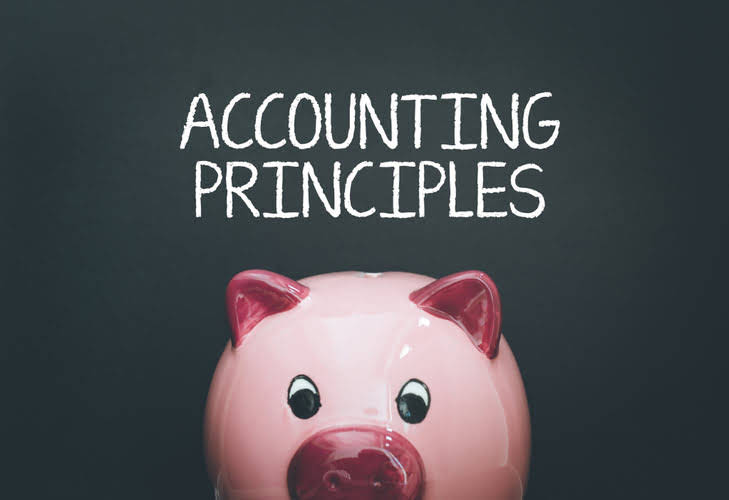
Specifically, direct material costs are rarely incurred at the same time as labor and overhead costs. We will calculate a cost per equivalent unit for each cost element (direct materials and Bakery Accounting conversion costs (or direct labor and overhead). For example, raw materials and labor are variable period costs because they fluctuate depending on how many products are manufactured during a given period. The period cost is important and a necessary thing to keep track of because it allows you to know your company’s net income for each accounting period. Keeping track of the period of cost is also important for filing accurate business taxes and for preparing for an audit.
- Instead, these costs are added over time and charged during a specific accounting period.
- Put simply, understanding the costs of developing a product, feature, or update helps you make more informed decisions throughout the product lifecycle.
- This issue is addressed by first-in, first-out (FIFO) costing, which assumes that the first units worked on are the first units moved out of a production department.
- Period Costs directly affect a company’s profitability by reducing net income on the income statement.
- The most crucial step of the whole budgeting process is determining the overall and expected product cost per unit (shirt).
- Without QA, your development costs could increase and your timeline can extend further than originally anticipated.
- For example, reducing digital marketing expenses by $1,000 would increase net income by $12,000 per year.
How Do You Calculate Cost of Goods Sold (COGS)?

Period costs are not incurred during the manufacturing process and cannot be assigned to cost goods manufactured. Period expenses appear on the income statement with a caption that corresponds to the item in the period in which adjusting entries the cost is spent or recognized. Product costs are the costs incurred by a business that is directly tied to the manufacturing of goods. The calculator helps you understand how much of your overall budget is tied to non-production costs, which you can then optimize to stay within budget. When you know how much of your expenses are tied to non-production costs, you can make more informed decisions about where to cut costs, invest more, or allocate resources more efficiently.
Example of How the Total Period Cost Calculator Works

Straight-line depreciation, declining balance depreciation, and units of production depreciation are common methods used to calculate depreciation expense. Examples of Period Costs include salaries and wages, rent, utilities, marketing expenses, and depreciation. Administrative salaries are another example of indirect costs, as they are salaries of administrative staff who support multiple departments or functions. A company’s ability to manage period costs effectively can have a significant impact on its overall profitability.
Relationship to Production
- For example, if you produce 100 units of a product, the cost per unit will be lower than if you produce 1 million units.
- One of the main goals of a business is to maximize profits, which are the revenues the company generates minus the expenses it incurs.
- Period costs are also known as period expenses, time costs, capacity costs, and operating expenses.
- They can then compare these numbers to determine whether the company effectively manages operating costs over time.
- There are two types of business costs involved in carrying out a business properly and ensuring proper pricing of the product based on the costs incurred.
- Standby costs will continue if the firm shuts down operations or facilities temporarily.
- Since absorption costing includes allocating fixed manufacturing overhead to the product cost, it is not useful for product decision-making.
In managerial and cost accounting, period costs refer to costs that are not tied to or related to the production of inventory. what are period costs Examples include selling, general and administrative (SG&A) expenses, marketing expenses, CEO salary, and rent expense relating to a corporate office. The costs are not related to the production of inventory and are therefore expensed in the period incurred. In short, all costs that are not involved in the production of a product (product costs) are period costs. Total manufacturing cost is the aggregate amount of cost incurred by a business on its production operations within a reporting period. It includes all possible costs incurred by the production function, including direct materials, direct labor, and factory overhead.
How Product Costs Affect Financial Statements
Let’s assume a unit in ending WIP is about halfway through the process of completion. It would be natural to assume it is about 50% complete (and thus equal to 0.5 equivalent units). Let’s update our overhead allocation equation to incorporate our first complication of equivalent units.
Why product cost is important for product managers

By accurately forecasting Period Costs, businesses can develop realistic budgets and allocate resources effectively. Depreciation is considered a Period Cost because it’s incurred over time rather than directly tied to the production of goods or services. Direct allocation provides a simple and transparent way to assign costs to cost objects, making it easier to trace expenses and calculate the true cost of producing goods or services. Properly classifying costs is key for accurate financial statements, and understanding the different roles of Period and Product Costs is crucial for financial reporting. Period Costs are typically classified as selling, general, and administrative expenses (SG&A) on the income statement.
Example #2 – Direct Labor Budget

The final number derived from the calculation is the cost of goods sold for the year. Period costs are the costs incurred by a corporation to create items or deliver services that cannot be capitalized into prepaid expenses, inventories, or fixed assets. It’s important to identify areas where you can cut costs or become more efficient. Period costs tend to remain constant over time, making them predictable for budgeting purposes. However, business owners should always look for opportunities to minimize these costs, especially in times of financial strain or when striving to improve profit margins. Monitoring and managing Period Costs helps businesses identify inefficiencies and control expenses to achieve cost reduction objectives.
- This classification helps businesses evaluate departmental performance, control production costs, and budget expenses.
- Costs for a certain period are deducted from the income statement during the period in which they were paid.
- Both of these industries can list COGS on their income statements and claim them for tax purposes.
- These units probably aren’t responsible for the same amount of overhead that fully complete units are.
- Cost of goods sold (COGS) is calculated by adding up the various direct costs required to generate a company’s revenues.
- Period costs are recorded as expenses on the income statement in the accounting period in which they are incurred.
When the product is sold, these costs are transferred from inventory account to cost of goods sold account and appear as such on the income statement of the relevant period. For example, John & Muller company manufactures 500 units of product X in year 2022. Out of these 500 units manufactured, the company sells only 300 units during the year 2022 and 200 unsold units remain in ending inventory.


發佈留言